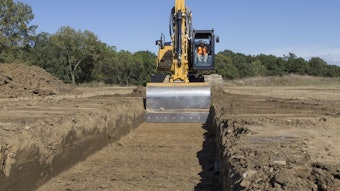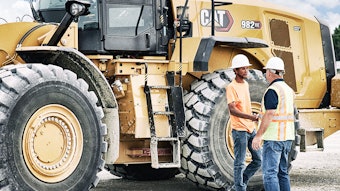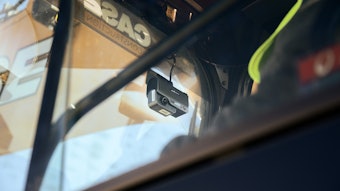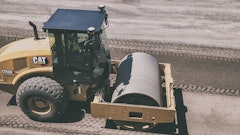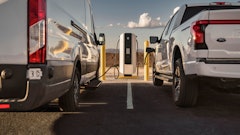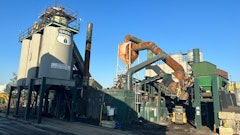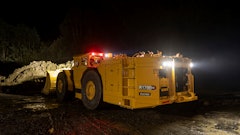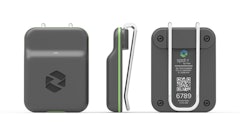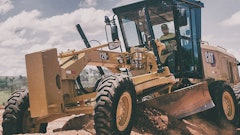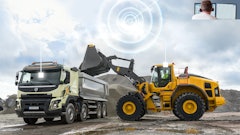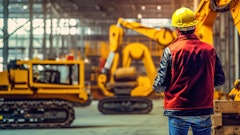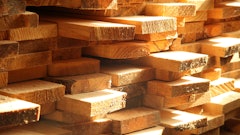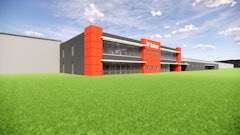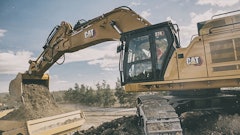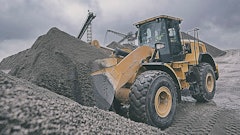
Excavating, lifting, loading and transporting materials: If your work requires any of these activities, then chances are you’ve got at least one loader on site. But is it the right type of loader for the task? Maybe you’ve only ever considered a wheel loader up to the job. Or maybe you’re loyal to the backhoe.
Here’s a quick refresher on the differences between these two types of loaders — and when it makes sense to choose one versus the other.
Wheel Loaders: Move Large Amounts of Material Efficiently
Wheel loaders offer high bucket capacities that make it fast and easy to load material onto trucks and move it across a site. They’re hands down the most efficient machines for lifting large quantities of practically anything — soil, gravel, rubble, debris, dirt, you name it.
That makes a wheel loader a smart choice for most material-handling jobs, whether that’s road building, site prep, logging, demolition or quarry work. You’ll also benefit from a wheel loader’s lifting capabilities if you need to clear a jobsite quickly or if you’re engaged in large-scale snow removal.
Backhoe Loaders: Get the Versatility to Dig and Load (and More)
With attachments on both ends versus just the front, backhoes are versatile performers. Operators can use the articulated arm and small bucket on the back to dig, for example, then switch to the bucket on the front for material handling and leveling. Though backhoes typically don’t work as fast as wheel loaders, nor are they as maneuverable, they’re hard to beat when it comes to the range of tasks they can perform. Use a backhoe to:
- Dig and backfill trenches
- Grade and load excess material
- Dig around utilities
- Break up concrete
- Move materials
- Clear debris or clean up a site
Add attachments like grapples, hammers and stump grinders to expand use even further. A backhoe loader is a great option if your goal is to accomplish as much as possible with a single machine.
S, M Or L: Choose The Most Efficient Size For Your Work
Once you’ve landed on the right type of loader for the task, make sure to choose the right weight and power combination for maximum efficiency. Here’s a general rule of thumb on loader size:
- Small models are fast, efficient and easy to maneuver — ideal for landscaping operations, small construction sites or any job in tight or confined spaces.
- Medium-size models generally feature buckets nearly twice as big as their small counterparts. That makes them a popular choice for general construction applications.
- Large models come with more powerful engines and increased material capacity. They’re best suited for heavy-duty tasks on big jobsites.




